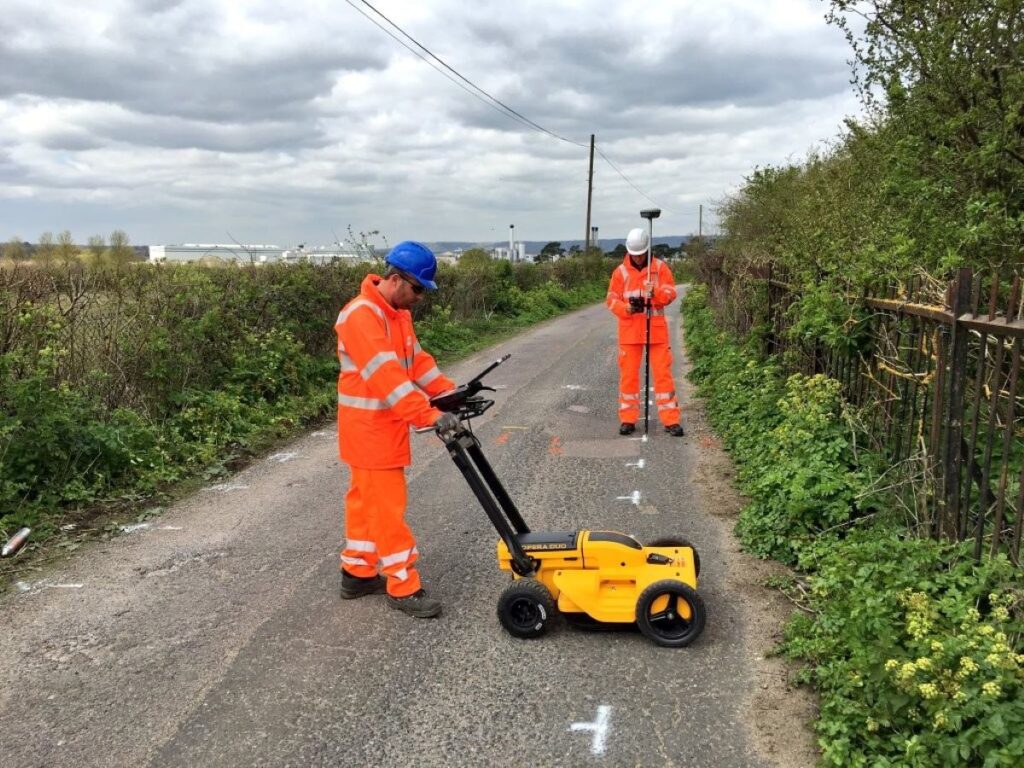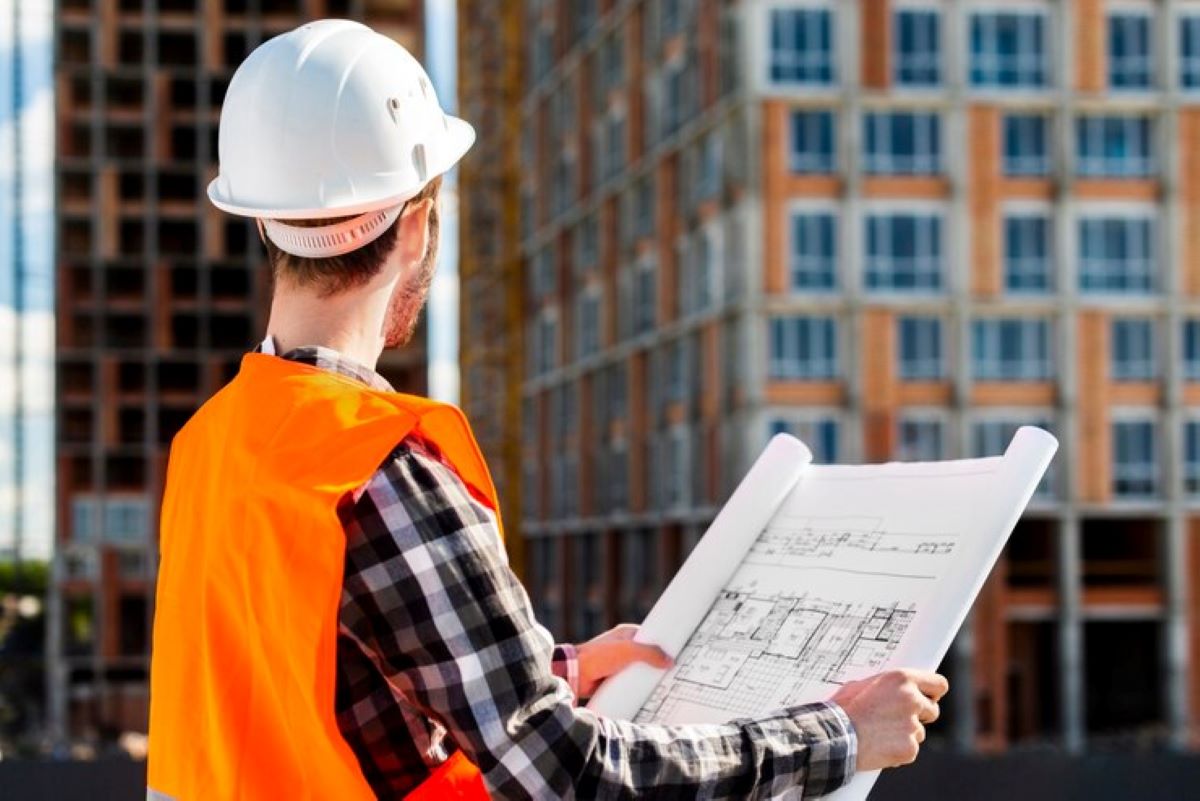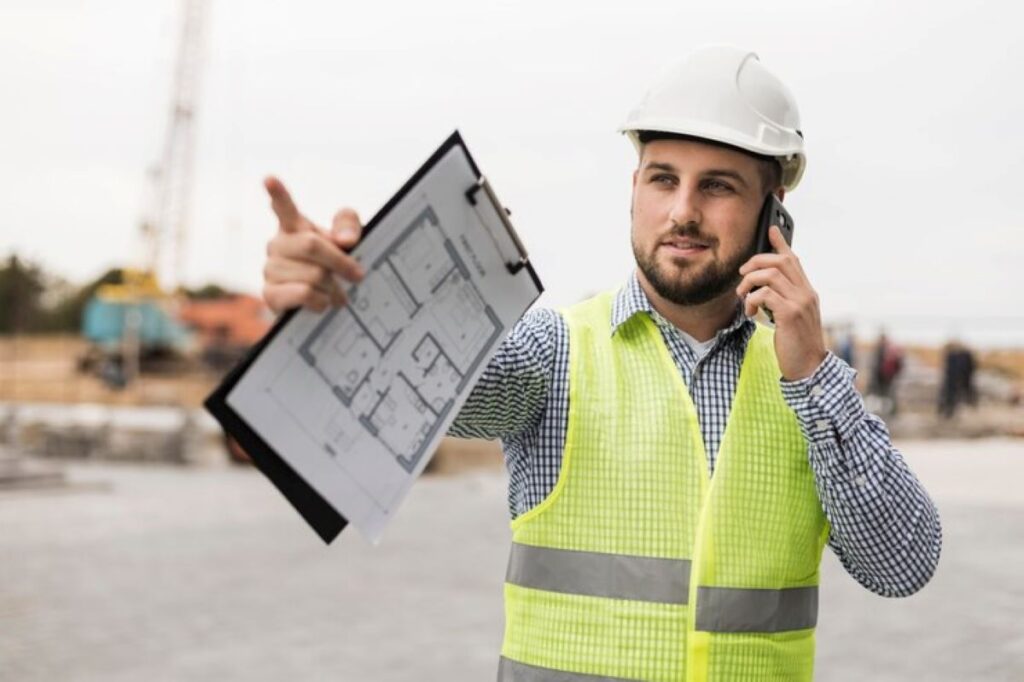Flowers have an unparalleled ability to convey emotions, celebrate moments, and enhance any environment. In the heart of McMahons Point, a charming suburb of Sydney, lies a florist that stands out for its commitment to quality and creativity. McMahons Point Florist offers a stunning array of fresh flower arrangements that cater to every occasion, from weddings to corporate events, and even simple gestures of love.
The Essence of Freshness
At McMahons Point Florist, freshness is not just a promise; it is a guarantee. The florist sources its flowers from local growers, ensuring that each bloom is at its peak when it reaches the customer. This dedication to freshness not only enhances the aesthetic appeal of the arrangements but also contributes to their longevity. The team at McMahons Point Florist understands that a flower’s journey from farm to vase is crucial, and they take great care in handling each stem to preserve its natural beauty and vitality.
Local Sourcing
By partnering with local flower farms, McMahons Point Florist supports the community while providing customers with the best quality blooms. This local sourcing means that flowers are often picked just hours before they are arranged, allowing for vibrant colours and delightful fragrances that captivate the senses. In addition to fostering strong relationships with local growers, the florist also champions sustainable practices, ensuring that the environmental impact of their sourcing is minimal. This commitment to sustainability resonates with customers who are increasingly conscious of the ecological footprint of their purchases.
Seasonal Selections
Another aspect of the florist’s commitment to freshness is its focus on seasonal flowers. Each season brings a unique palette of colours and varieties, allowing for arrangements that reflect the beauty of nature throughout the year. Customers can expect to see stunning peonies in spring, vibrant sunflowers in summer, rich dahlias in autumn, and elegant evergreens in winter. This seasonal approach not only enhances the visual appeal of the arrangements but also encourages customers to embrace the changing seasons, celebrating the natural cycles of growth and renewal. Furthermore, the florist often hosts workshops that educate the community on the significance of seasonal blooms, fostering a deeper appreciation for the flora that surrounds them.
Stunning Arrangements for Every Occasion
Whether it’s a birthday, anniversary, or just a thoughtful gesture, McMahons Point Florist has the perfect arrangement for every occasion. The skilled florists take pride in crafting bespoke designs that cater to individual preferences and needs, ensuring that each bouquet is a true reflection of the sender’s sentiments. With a keen eye for detail and a passion for floristry, they source the freshest blooms from local growers, guaranteeing that every arrangement is not only beautiful but also vibrant and long-lasting.
Weddings
Weddings are a significant event in anyone’s life, and the right floral arrangements can elevate the entire celebration. McMahons Point Florist offers personalised consultations to help couples choose flowers that complement their wedding theme and colour scheme. From bridal bouquets to table centrepieces, each arrangement is designed to create a magical atmosphere. The florists also provide guidance on seasonal flowers, ensuring that couples can select blooms that are not only stunning but also sustainable and in season. Additionally, they can incorporate personal touches, such as family heirlooms or specific colour palettes, to make each arrangement uniquely special.
Corporate Events
In the corporate world, first impressions matter. McMahons Point Florist understands this and provides elegant floral arrangements that can enhance any corporate event. Whether it’s a product launch, conference, or office decoration, the florist offers sophisticated designs that reflect professionalism and style. Their arrangements can be tailored to align with a company’s branding, using specific colours and types of flowers that resonate with the corporate identity. Furthermore, the florist can assist with ongoing floral subscriptions, ensuring that office spaces remain vibrant and inviting throughout the year, which can significantly boost employee morale and impress clients.

Everyday Occasions
Not every floral arrangement needs to be for a grand occasion. Sometimes, the simplest gestures have the most profound impact. McMahons Point Florist offers a range of everyday arrangements that are perfect for brightening someone’s day or expressing gratitude. From cheerful bouquets to elegant single stems, there’s something for everyone. These arrangements are thoughtfully designed to convey a variety of emotions, whether it’s a burst of colour to uplift a friend or a serene arrangement to convey sympathy. The florists also curate seasonal selections, allowing customers to enjoy the beauty of flowers that reflect the changing seasons, making each gift feel fresh and timely.
Customisation and Personal Touch
One of the standout features of McMahons Point Florist is its dedication to customisation. Customers are encouraged to express their unique style and preferences when ordering arrangements. This personal touch ensures that each bouquet is not only beautiful but also meaningful. The florists take great pride in crafting arrangements that reflect the personality and sentiments of the giver, making every bouquet a true representation of the occasion it celebrates.
Moreover, the florist understands that flowers often carry deep emotional significance. Whether it’s a romantic gesture, a heartfelt apology, or a celebration of friendship, the team at McMahons Point Florist is committed to ensuring that every arrangement resonates with the intended message. By incorporating personal elements, such as favourite colours or specific blooms that hold sentimental value, customers can create a floral tribute that speaks volumes.
Consultation Services
The florist offers consultation services for those looking to create something truly special. During these consultations, customers can discuss their vision, colour preferences, and any specific flowers they wish to include. The experienced florists then work to bring that vision to life, resulting in a one-of-a-kind arrangement. This collaborative process not only enhances the final product but also allows customers to feel more connected to the creation, as they are involved every step of the way.
In addition to the initial discussions, the consultations often include expert advice on seasonal flowers and trending designs, ensuring that the final arrangement is not only personalised but also fresh and relevant. The florists are well-versed in the art of floral design, and their insights can help customers navigate the myriad of options available, making the experience both enjoyable and educational.
Gift Options
In addition to floral arrangements, McMahons Point Florist provides a variety of gift options that can be paired with flowers. From gourmet chocolates to scented candles, customers can create a complete gift package that is sure to impress. This thoughtful approach makes it easy to celebrate any occasion with style. The selection of gift items is carefully curated, featuring local artisans and high-quality products that complement the beauty of the floral arrangements.
For those seeking an even more personalised touch, the florist also offers the option to include handwritten notes or custom messages with the gift packages. This attention to detail transforms a simple gift into a heartfelt gesture, allowing customers to convey their sentiments in a truly special way. Whether it’s a birthday, anniversary, or just a spontaneous act of kindness, McMahons Point Florist ensures that every gift is memorable and cherished by the recipient.
Exceptional Customer Service
Customer service is a cornerstone of McMahons Point Florist’s philosophy. The team is dedicated to ensuring that every customer has a positive experience, from the moment they enter the shop to the final delivery of their flowers.
Friendly and Knowledgeable Staff
The staff at McMahons Point Florist are not only friendly but also highly knowledgeable about flowers and arrangements. They are always ready to assist customers in selecting the perfect blooms, providing advice on care and maintenance, and answering any questions that may arise.
Delivery Services
To make the experience even more convenient, McMahons Point Florist offers reliable delivery services. Customers can place orders online or over the phone, and the florist ensures that each arrangement is delivered fresh and on time. This service is particularly beneficial for those sending gifts to loved ones or planning surprise events.
Community Engagement and Sustainability
McMahons Point Florist is not just a business; it is a part of the local community. The florist actively engages in community events and initiatives, supporting local charities and organisations. This commitment to community involvement reflects the values of the florist and its dedication to making a positive impact.

Eco-Friendly Practices
In addition to community engagement, McMahons Point Florist is committed to sustainability. The florist employs eco-friendly practices, such as using biodegradable packaging and sourcing flowers from sustainable farms. This approach not only helps to protect the environment but also resonates with customers who value sustainability in their purchasing decisions.
Workshops and Events
To further connect with the community, McMahons Point Florist offers workshops and events that allow individuals to learn more about the art of floristry. These workshops cover various topics, from basic flower arranging to advanced techniques, providing participants with valuable skills and knowledge.
Conclusion: A Floral Experience Like No Other
In a world where flowers can often feel generic, McMahons Point Florist stands out by offering fresh, beautiful, and personalised arrangements that cater to every occasion. With a commitment to quality, customer service, and community engagement, this florist has become a beloved staple in McMahons Point.
Whether you’re looking to celebrate a special moment, brighten someone’s day, or simply indulge in the beauty of fresh flowers, McMahons Point Florist is the ideal destination. With their stunning arrangements, expert knowledge, and dedication to customer satisfaction, they provide a floral experience like no other.
Visit McMahons Point Florist today and discover the perfect arrangement that speaks to your heart and soul.
Related : Lavender Bay Flowers: Stunning Arrangements for Your Event



























